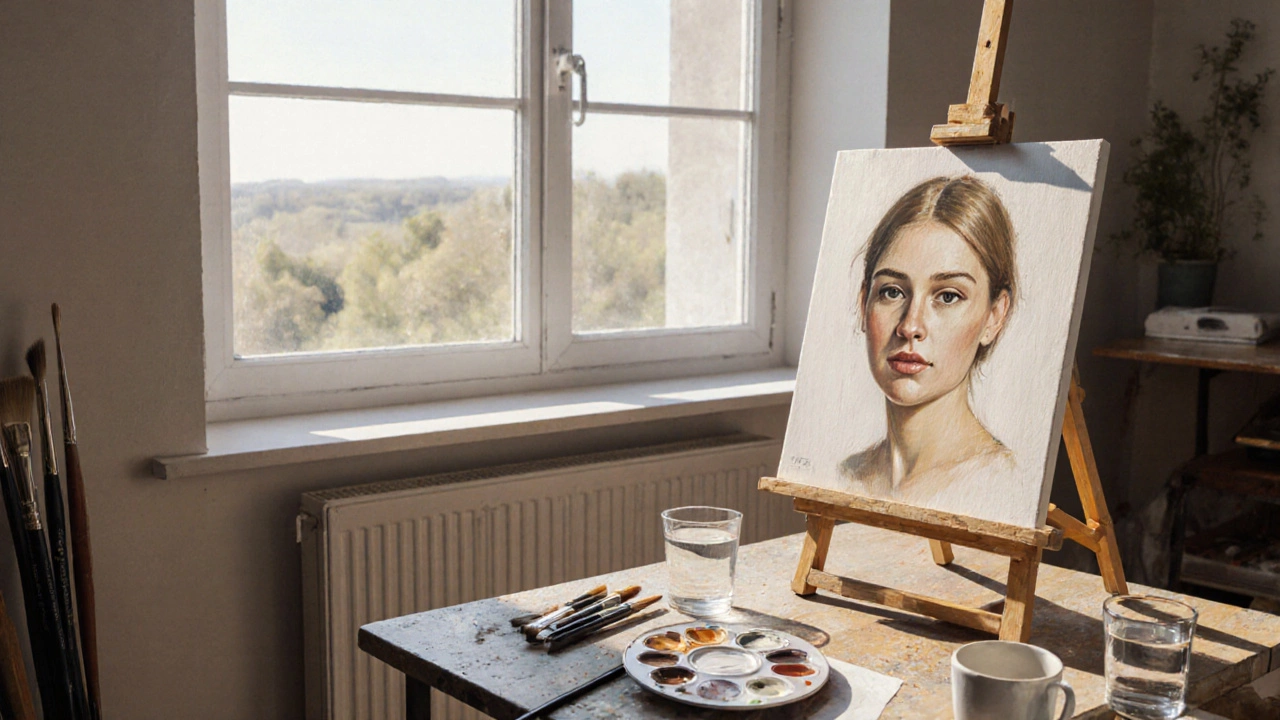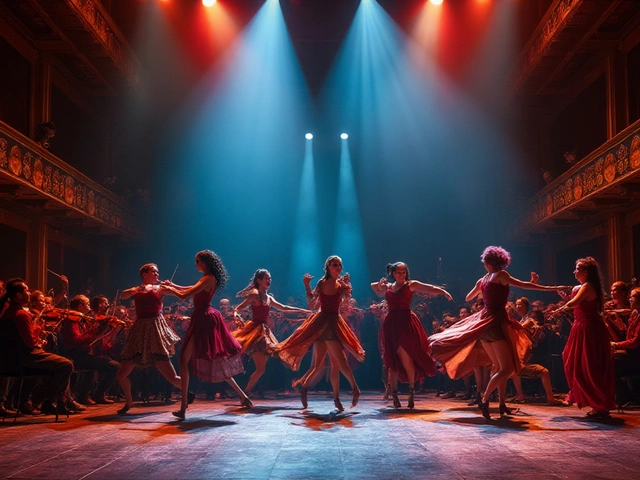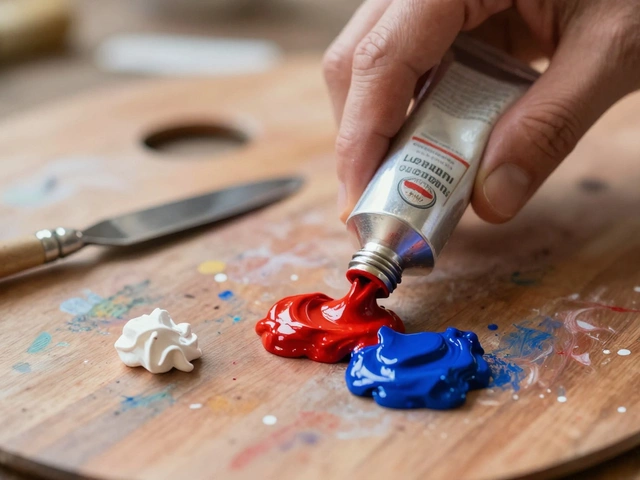Custom Portrait Pricing: How to Set Fair Rates
When working with custom portrait pricing, the process of figuring out how much to charge for a personalized portrait commission. Also known as portrait commission pricing, it blends artistic skill, material costs, and market expectations. Portrait painting, an artwork that captures a person’s likeness on canvas, panel, or paper is the core service, while the artist, the creator who brings the portrait to life must balance time, expertise, and client demands. The commission, a contract where a client requests a specific artwork sets the framework, and the broader art market, the economic environment where artworks are bought and sold influences the final fee. In short, custom portrait pricing encompasses cost calculation, requires understanding commission rates, and is shaped by market demand.
Key Factors That Drive Your Quote
Size matters. A small headshot on paper costs less than a full‑body oil on canvas. Medium selection—oil, acrylic, watercolor—adds another layer of expense because each requires different supplies and drying times. Surface choice is also crucial; a premium linen canvas commands a higher price than a basic cotton stretch. The level of detail—realistic versus stylized—directly affects the hours you’ll spend, and time is the biggest cost driver for any artist. Then think about revisions. Some clients want multiple tweaks, which should be built into the contract as a fixed number of revisions or an hourly add‑on. Finally, consider travel if you’re painting on location; mileage and lodging become part of the overall fee.
Pricing isn’t done in a vacuum. Look at recent art market trends: portrait commissions have risen as collectors seek personalized pieces for home offices and digital avatars. Benchmark against peers using an art pricing guide—many artists publish average rates based on size and medium. For example, a 16" x 20" oil portrait might fetch $1,200–$1,800, while a 12" x 12" acrylic could be $600–$900. Remember to factor in your own experience level; a seasoned portraitist can command premium fees, whereas a newcomer may start lower to build a portfolio. Commission rates also vary by region—urban markets often pay more than rural ones.
Putting it all together, create a simple pricing formula: Base rate (based on size) + Medium surcharge + Surface premium + Detail multiplier + Revision allowance + Travel expense. Write this down in a clear contract so both you and the client know exactly what’s included. Many artists use a spreadsheet to track costs and adjust rates yearly based on inflation and skill growth. Offer package options—standard, deluxe, and premium—to give clients choices and simplify negotiations. By being transparent about how you arrive at your numbers, you build trust and avoid misunderstandings later.
Armed with these insights, you’ll be ready to set rates that reflect your talent, cover your costs, and stay competitive in today’s art market. Below you’ll find a curated selection of articles that dive deeper into portrait pricing strategies, market analysis, and practical tips for successful commissions.
Portrait Painting Costs: How Much to Pay for a Custom Portrait
Learn the full breakdown of portrait painting costs, from medium and size to artist experience. Get budgeting tips, real price examples, and a FAQ to guide your commission.
Continue Reading




